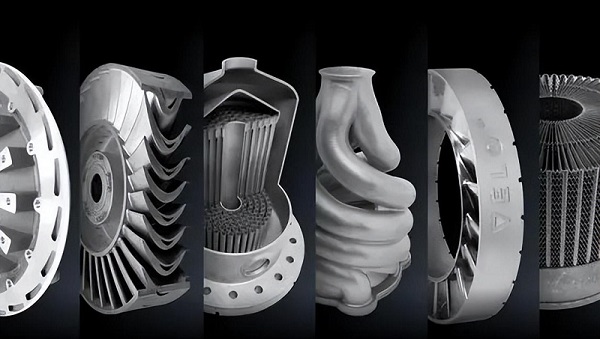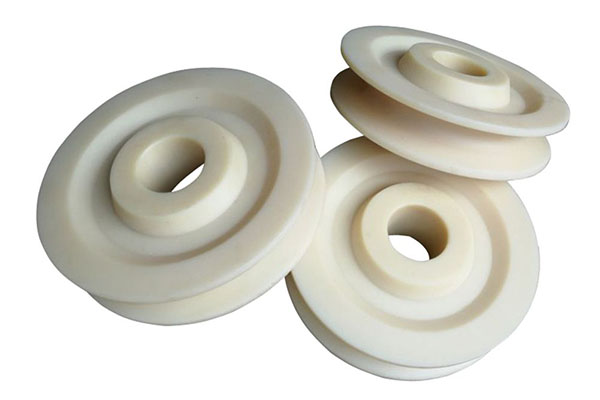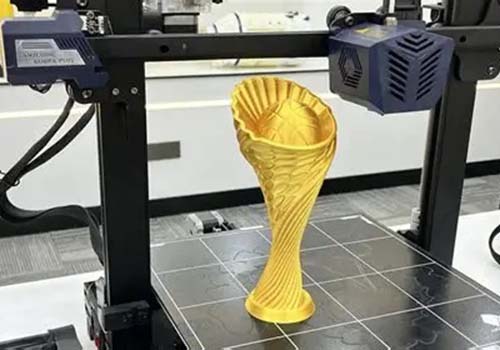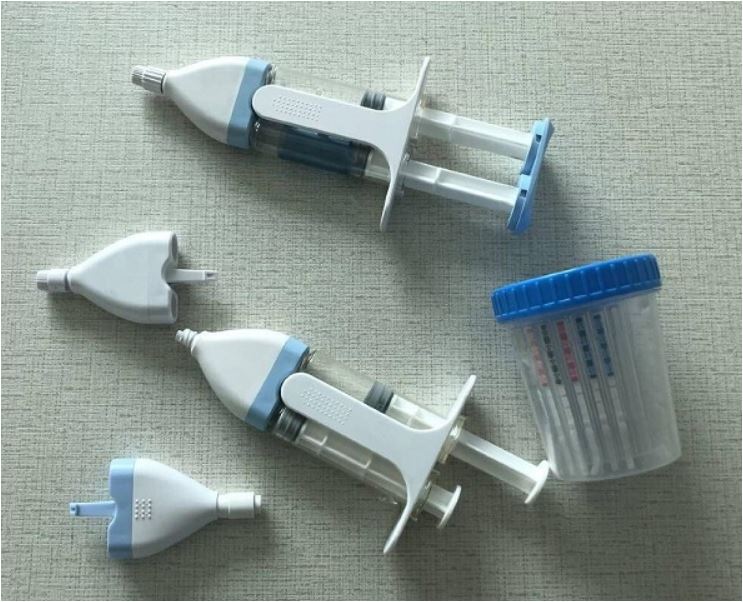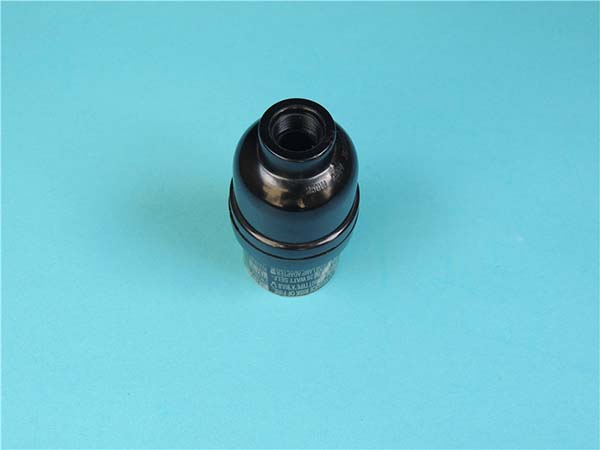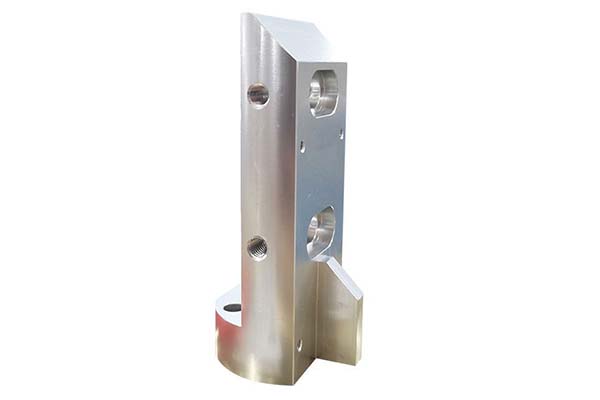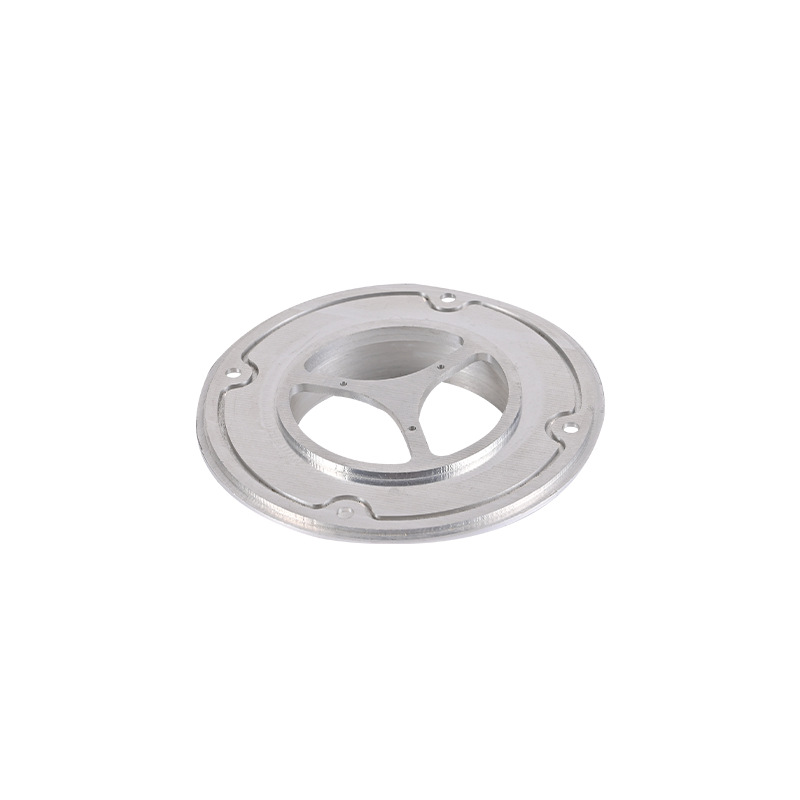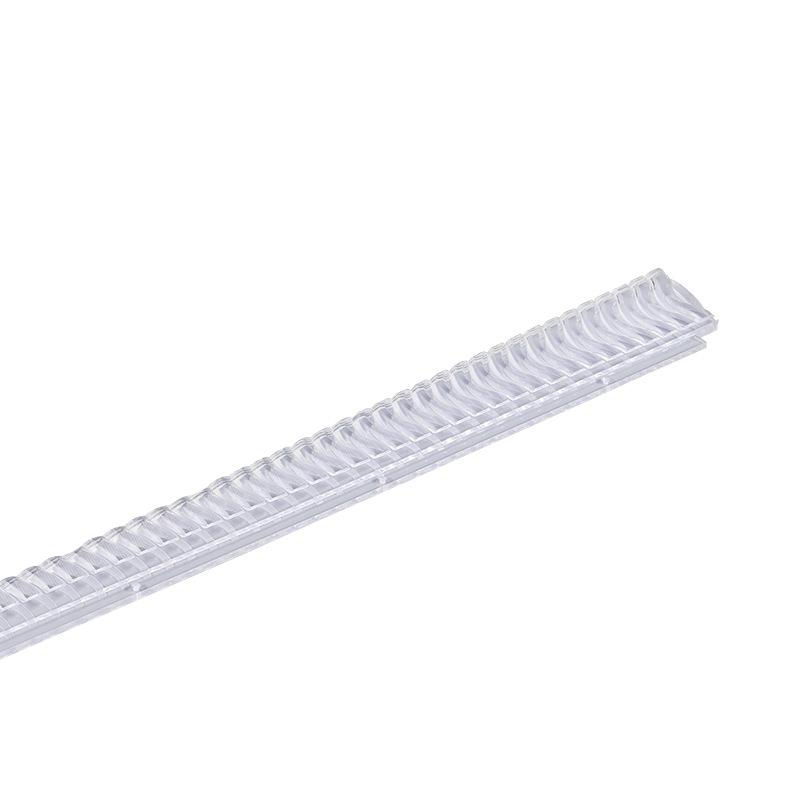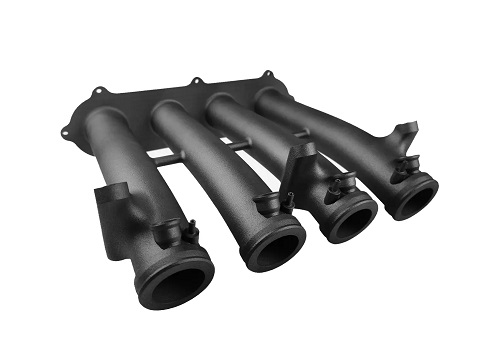Moving Beyond Prototypes to Real Production
Metal 3D printing has amazing potential: parts with perfect shapes, combined assemblies, and production on demand. However, many companies face a big gap between this potential and daily reality. High costs, inconsistent quality, long wait times, and lots of manual work often prevent metal 3D printing from growing beyond just making prototypes into a profitable, industrial production method. The main challenge isn't the printer itself, but the broken workflow around it.
This guide provides a clear, actionable plan for improving the entire metal additive manufacturing processes workflow. We will move from a disconnected, step-by-step approach to a complete, data-driven system. We will break down the process, find critical bottlenecks, and provide expert strategies for improvement. The key foundations for this change are establishing data continuity through a digital thread, implementing process-specific strategies for each stage, and carefully tracking performance measurement with key performance indicators (KPIs). This is the blueprint for turning metal 3D printing's potential into production reality.
The Five-Stage 3D Printing Workflow
Effective improvement requires looking at the entire production chain. Focusing only on print speed or material cost ignores the significant inefficiencies hidden in preparation and finishing steps. We define the end-to-end process as a sequence of five distinct but connected stages. Understanding this framework is the first step toward identifying weak points and creating a smooth, efficient operation.
*[Visual Aid: A flowchart showing the five stages in a linear but connected sequence. Arrows show the primary flow of material and parts from left to right, while a continuous line labeled "Digital Thread" runs underneath all five stages, with arrows pointing back and forth to indicate constant data exchange.]*
1. Design & Engineering: This initial stage involves brainstorming and feasibility analysis. This is where Design for Additive Manufacturing (DfAM) principles are applied, using tools like generative design and topology optimization to create parts that are not just functional but also optimized for the specific 3D printing process.
2. Pre-Processing & Simulation: Once a design is finalized, it enters the digital preparation phase. This includes positioning the part within the build volume, generating necessary support structures, and slicing the model into layers. Critically, this stage also involves process simulation to predict and prevent thermal stresses, distortion, and potential build failures.
3. Additive Build & Monitoring: This is the physical manufacturing stage where the part is built layer by layer using various metal additive manufacturing processes like Laser Powder Bed Fusion (L-PBF) or Directed Energy Deposition (DED). Advanced operations incorporate real-time monitoring to collect live data on build quality and process stability.
4. Post-Processing & Finishing: A raw printed part is rarely a finished part. This stage, often the most time-consuming and costly, includes stress relief, part removal from the build plate, support structure removal, heat treatment to achieve desired material properties, and surface finishing operations like machining or polishing.
5. Quality Assurance & Validation: The final stage ensures the part meets all geometric and material specifications. This involves measurement using 3D scanning, non-destructive testing (NDT) like CT scanning to inspect internal structures for defects, and compiling all data for final part certification and tracking.
The Unifying Digital Thread
The Digital Thread is the central nervous system of a modern, optimized metal 3D printing facility. It is an integrated and continuous stream of data that connects every stage of the product lifecycle, from the initial CAD file to the final inspection report of the numbered part. It transforms a series of disconnected steps into a unified, intelligent system, moving beyond a simple "digital twin" to a comprehensive "digital history."
A strong digital thread provides system-wide benefits that are impossible to achieve in a disconnected workflow:
- Complete Tracking: It creates a permanent record for each part, linking its specific design file, the material batch used, the machine it was printed on, all recorded process parameters, real-time monitoring data, and final QA reports. This is essential for certified parts in regulated industries like aerospace and medical.
- Intelligent Feedback Loops: Data from later stages provides valuable insights for earlier improvements. For example, QA inspection data revealing consistent distortion in a specific feature can be fed back to the simulation and design stages to adjust support strategies or part geometry for future builds.
- System-Wide Automation: By ensuring data flows smoothly between software and hardware, the digital thread eliminates error-prone manual data entry. It enables automation where build files are automatically sent to machines, and post-build data is automatically stored and linked to the part's record.
- Predictive Quality and Maintenance: Connecting real-time monitoring data with final part quality (e.g., CT scan results) allows for the development of predictive algorithms. The system can learn to flag potential quality problems during the build, and even predict when a machine component requires maintenance based on process data trends.
The implementation of a digital thread is foundational. It requires a commitment to integrated software platforms (MES, PLM) and standardized data formats.
| Workflow Stage | Key Data Generated | How Data is Used Later |
| 1. Design & Engineering | CAD file, simulation parameters, material selection, DfAM rules. | Informs pre-processing for build setup and simulation validation. Becomes the "as-designed" baseline for QA. |
| 2. Pre-Processing | Sliced build file (.cli, .3mf), support strategy, nesting layout, predicted stress/distortion maps. | The build file is sent to the machine. Simulation data sets expectations for monitoring and inspection. |
| 3. Additive Build | Real-time monitoring data (melt pool, thermal), machine sensor logs, build completion reports. | Provides real-time quality indicators. Connected with QA data to refine process parameters and predictive models. |
| 4. Post-Processing | Heat treatment cycle logs, machining toolpaths and reports. | Documents critical steps affecting final material properties and geometry. Data is added to the part's tracking record. |
| 5. QA & Validation | 3D scan data (deviation map), CT scan results (porosity analysis), material test certificates. | Validates the final part against the original CAD file. Feeds back into design and simulation to improve future part performance. |
Stage-by-Stage Improvement Strategies
With a complete framework and a digital thread in place, we can apply targeted improvements at each of the five stages.
Stage 1: Design & Engineering
Challenges
Common issues include designing parts as if they were to be machined, leading to excessive support needs; over-engineering for strength without considering weight; and failing to combine assemblies, missing a key benefit of 3D printing.
Improvement Strategies
- Require DfAM Principles: Train engineering teams to think additively from the start. Focus on part combination to reduce assembly time and potential points of failure. Design features to be self-supporting (typically below a 45-degree overhang angle) to drastically reduce material waste and post-processing labor associated with support removal.
- Systematically Use Generative Design: Use AI-driven software to explore hundreds of design iterations that meet performance constraints (e.g., load, stiffness) with the minimum possible mass. This not only creates highly efficient, lightweight parts but also often results in organic shapes that are naturally optimized for 3D printing processes.
- Implement Material-Process Co-selection: The choice of material and the specific metal additive manufacturing processes (e.g., L-PBF for fine features vs. DED for large-scale repair or coating) should be made together during the design phase. A design optimized for Ti-6Al-4V on an L-PBF system may not be optimal for Inconel 718 on a DED system. This early decision prevents costly redesigns later.
Stage 2: Pre-Processing & Simulation
Challenges
This stage is full of hidden costs. Poor part positioning can increase build time and support volume. Poorly designed supports can be difficult to remove or even cause part damage. The biggest risk is an unexpected build failure due to unpredicted thermal stress, which results in a total loss of time and expensive material.
Improvement Strategies
- Automate Build Preparation: Use advanced build preparation software that can automatically position and arrange parts across the build plate. The algorithms in this software can solve for multiple goals simultaneously: maximizing the number of parts per build, minimizing the total Z-height (which determines print time), and reducing the total supported surface area.
- Make Process Simulation Required: Process simulation is the single most effective risk-reduction tool in metal 3D printing. Simulating the thermal and mechanical behavior of a part during the build process allows you to predict and correct for distortion, residual stress, and potential cracking before committing to a print. This "print it right the first time" approach saves an enormous amount of cost from failed builds and scrap.
- Use Advanced Support Strategies: Move beyond simple block or line supports. Use software that generates parametric or tree-like supports. These structures use significantly less material, print faster, and are engineered to break away more easily, often reducing manual support removal time by over 50%.
Stage 3: Additive Build & Monitoring
Challenges
The build process itself can be a black box, suffering from process drift, environmental variations, and material inconsistencies. A minor flaw on an early layer, like a recoater streak, can spread through the entire build, leading to a scrapped part discovered only hours or days later.
Improvement Strategies
- Add Real-time Monitoring: Equip machines with a suite of sensors. Melt pool monitoring (using photodiodes or cameras) analyzes the size and intensity of the melt pool in real-time, which connects directly to part density. Thermal imaging provides a layer-by-layer map of the temperature distribution, highlighting potential problem areas. This data provides the first line of defense against quality problems.
- Implement Closed-Loop Control: The next evolution of monitoring is active control. Sensor data is fed directly back into the machine's control system to make real-time adjustments. For example, if a melt pool sensor detects that the melt pool is too cool (indicating insufficient energy density), the system can automatically increase laser power to compensate, correcting the deviation before it becomes a defect.
- Develop a Parameter "Passport": For serial production, repeatability is key. Establish a rigorously validated set of process parameters (laser power, scan speed, hatch spacing, layer thickness, etc.) for every specific material and machine combination. This "passport" is locked down and version-controlled, ensuring that every part is produced using an identical, qualified recipe. We once saved a multi-part aerospace build where real-time monitoring detected a subtle change in melt pool emissions caused by a contaminated batch of argon gas. The system paused the build and alerted an operator, preventing the loss of 40 hours of print time and thousands of dollars in material.
Stage 4: Post-Processing & Finishing
Challenges
This is the hidden factory and the biggest bottleneck in most metal 3D printing operations. Manual support removal is slow, messy, and can damage parts. Heat treatment cycles can be lengthy, and moving parts between different stations (depowdering, sawing, heat treat, CNC) is inefficient. It is not uncommon for post-processing to account for up to 60% of the final cost of a finished metal 3D printed part.
Improvement Strategies
- Automate Depowdering and Support Removal: Invest in automated solutions to attack this labor-intensive stage. Automated depowdering systems can safely and efficiently reclaim unused powder. For support removal, explore technologies like electrochemical polishing, which dissolves supports without mechanical force, or vibration-assisted systems that fatigue the support structures for easy removal.
- Create Integrated Work Cells: Instead of a linear sequence of disconnected stations, design integrated work cells, often using robotics. A robotic arm can take a build plate from the printer, move it to a sawing station for part removal, place the individual parts into a basket for heat treatment, and then load them into a CNC machine for critical feature finishing.
- Optimize Thermal Cycles with Simulation: Use finite element analysis (FEA) software to simulate heat treatment and stress relief cycles. This allows you to optimize the cycle time and temperature profile to achieve the desired material properties and dimensional stability with maximum efficiency, and to plan for batch processing in larger furnaces to improve throughput.
Stage 5: Quality Assurance & Validation
Challenges
Traditional QA methods like CMMs are slow and cannot inspect the complex internal geometries that are a key advantage of 3D printing. Compiling quality data from different sources into a coherent report for certification is a manual and error-prone process.
Improvement Strategies
- Standardize on Automated 3D Scanning: Use non-contact blue light or laser scanners to rapidly capture the full 3D geometry of a finished part. This point cloud data can be automatically compared to the original CAD model to generate a color-coded deviation map, instantly highlighting any areas that are out of tolerance. This is much faster than probing with a CMM.
- Use CT Scanning for Critical Parts: For high-value parts with internal channels or complex lattice structures, Computed Tomography (CT) scanning is the ultimate NDT tool. It provides a complete 3D model of both the external and internal structure of the part, allowing you to non-destructively detect and quantify internal defects like porosity or powder entrapment.
- Generate Unified Digital Quality Reports: This is where the digital thread culminates. All QA data—from the real-time monitoring logs during the build, to the 3D scan deviation map, to the CT porosity analysis—should be automatically combined into a single, comprehensive digital report. This report is tied to the part's serial number, providing a complete and auditable birth history for certification and lifecycle management.
KPIs and Implementation Checklist
You cannot improve what you do not measure. Transitioning to a data-driven workflow requires establishing and tracking the right Key Performance Indicators (KPIs). The following table and checklist provide a starting point for assessing your own operation and guiding your improvement efforts.
| Workflow Stage | Key Performance Indicator (KPI) | Improvement Goal |
| All Stages | End-to-End Lead Time | Reduce time from order to shipment. |
| All Stages | Final Part Cost | Reduce total cost, including material, labor, and overhead. |
| Design/Pre-Processing | Build Nesting Density | Maximize number of parts per build plate. |
| Build | First-Time Right (FTR) Rate | Increase percentage of builds that complete successfully without failure. |
| Build | Overall Equipment Effectiveness (OEE) | Maximize productive printing time (Availability x Performance x Quality). |
| Post-Processing | Post-Processing Time per Part | Reduce manual labor and cycle time. |
| QA/Validation | Scrap Rate | Reduce percentage of parts that fail final inspection. |
Use this checklist to conduct an internal audit and identify immediate opportunities for improvement.
- Design & Engineering
- [ ] Is DfAM a required part of our design review process?
- [ ] Are we using generative design or topology optimization for new lightweighting projects?
- [ ] Do we select the material and 3D printing process together based on application requirements?
- Pre-Processing & Simulation
- [ ] Do we use software to automate part positioning and arrangement?
- [ ] Is process simulation a required step for all new or critical parts?
- [ ] Are we using advanced, easy-to-remove support structures?
- Additive Build & Monitoring
- [ ] Are our machines equipped with real-time process monitoring tools?
- [ ] Do we have a system for collecting and analyzing real-time build data?
- [ ] Have we established and version-controlled "parameter passports" for our key materials?
- Post-Processing & Finishing
- [ ] Have we identified the most time-consuming manual post-processing tasks?
- [ ] Have we evaluated automated solutions for support removal or surface finishing?
- [ ] Is our shop floor layout optimized to reduce part travel time between processes?
- Quality Assurance & Validation
- [ ] Are we using automated 3D scanning for dimensional inspection?
- [ ] Do we have a clear strategy for non-destructive testing of internal features?
- [ ] Is all quality data being integrated into a unified digital thread for each part?
Aerospace Bracket Case Study
To show the power of this framework, consider a common scenario: an aerospace supplier struggled with producing a complex aluminum (AlSi10Mg) avionics bracket. Their traditional approach to metal additive manufacturing processes resulted in a 4-week lead time and a high final part cost, with a build failure rate of nearly 25% due to warping.
The Problem: The design was not optimized for 3D printing, requiring extensive, dense supports. Post-processing was entirely manual. Build failures were common but the root cause was unknown, leading to a "print and pray" mentality.
The Solution: They implemented an end-to-end improvement strategy based on the five-stage framework.
1. The bracket was redesigned using topology optimization, which combined two components into one and reduced part mass by 30% while maintaining stiffness. The new design also incorporated self-supporting angles.
2. Process simulation was implemented. It immediately identified the cause of the warping—excessive thermal stress at the base—and allowed them to adjust the positioning and support strategy to counteract it. This single change increased the build success rate from 75% to over 98%.
3. They invested in an automated electrochemical polishing system for support removal, reducing the most labor-intensive post-processing step from 4 hours of manual work per part to a 30-minute automated cycle.
4. A digital thread was established using an MES platform to connect the design, simulation, build, and QA data, providing full tracking required for flight-critical hardware.
The Results: The measurable business impact was transformative.
- End-to-end lead time was reduced from 4 weeks to just 6 days.
- The final part cost decreased by 45%, driven by lower material usage, higher build success, and reduced manual labor.
- The First-Time Right (FTR) rate for production reached 95%.
- The company was able to win new business by offering certified parts with unprecedented speed and cost-effectiveness.
The Future of Automation
Scaling metal 3D printing from a niche technology to a mainstream production method is not about buying a faster printer. It is about designing a smarter workflow. The journey from disconnected, manual operations to an integrated, data-driven, and automated system is the only viable path to achieving the cost, speed, and reliability required for serial production. The principles outlined here—a defined workflow framework, the unifying power of the digital thread, and a relentless focus on stage-by-stage improvement measured by KPIs—are the essential building blocks. By embracing this complete approach, manufacturers can build the foundation for the future: the automated, "lights-out" metal 3D printing factory.
